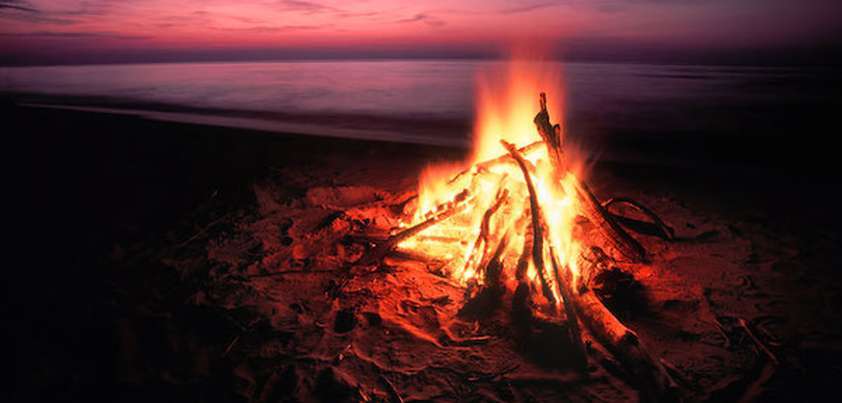 This story from Haruki Murakami paints a bleak picture of the troubled lives of a young woman (Junko) and the middle-aged artist (Miyake) who befriends her. The pair bond over bonfires Miyake constructs on a beach. Both appear to be trying to escape unstated traumas from their past, and could possibly be suffering from PTSD. Their lives are contrasted with that of Junko’s boyfriend, a carefree surfer and musician. Set a month after the devastating 1995 Kobe earthquake, major themes include the meaning and uncertainty of life and, of course, death. Other themes are artistic inspiration, family, emptiness and suicide.
This story from Haruki Murakami paints a bleak picture of the troubled lives of a young woman (Junko) and the middle-aged artist (Miyake) who befriends her. The pair bond over bonfires Miyake constructs on a beach. Both appear to be trying to escape unstated traumas from their past, and could possibly be suffering from PTSD. Their lives are contrasted with that of Junko’s boyfriend, a carefree surfer and musician. Set a month after the devastating 1995 Kobe earthquake, major themes include the meaning and uncertainty of life and, of course, death. Other themes are artistic inspiration, family, emptiness and suicide.
Landscape with Flatiron Text / PDF (5,600 words)
General Comments & Analysis
There are three important symbols in the story: bonfires, Jack London, and refrigerators.
The text makes the symbolism of the bonfires fairly clear: The flames accepted all things in silence, drank them in, understood, and forgave. A family, a real family, was probably like this, she (Junko) thought. Both Junko and Miyake have “run away” from their families. The fires provide a feeling of warmth and comfort in their otherwise empty lives.
In moments of doubt, Juno thinks back to her gloomy interpretation of the Jack London story, To Build a Fire. London was a leading author in the ‘naturalism” literary movement of the late 1800s. Naturalist stories describe the unstoppable power of nature and mankind’s struggle to survive in the face of it. This is clearly symbolic of the earthquake and its aftermath.
Miyake has a phobia about slowly dying inside a pitch-black refrigerator from which he cannot escape. Although this may be symbolic of a feeling that the world is closing in around him, some suggest that it refers to a man-made disaster that took place a short time after the earthquake: the infamous sarin poison gas attack on the Tokyo subway, which trapped hundreds in pitch-black, airless boxes (subway cars).